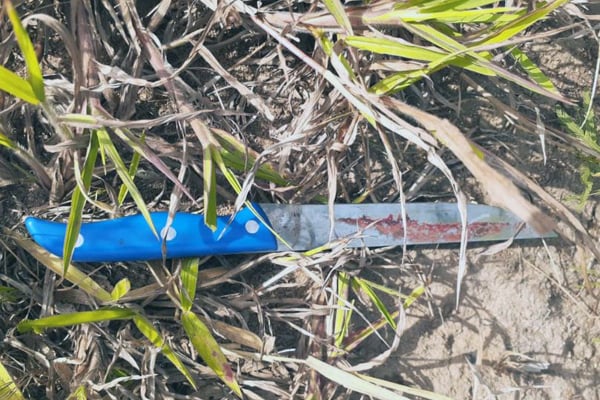Prime
Nakasongola cattle keepers scramble for water as dry spell intensifies

Cattle grazing at a farm in Nakitoma Subcounty, Nakasongola District. PHOTO | DAN WANDERA
What you need to know:
- Mr Jonathan Akweteireho, the Nakasongola Deputy RDC is however optimistic that when the animal migration is internal and monitored by both the farmers and the veterinary officers, disease outbreaks could be controlled.
The forced migration of cattle to areas left with some water is a source of concern to both the herders and Nakasongola authorities that foresee likely animal starvation and disease outbreaks if the dry spell continues.
At Nakitoma and Nabiswera sub-counties where the farmers started experiencing the dry spell in October 2021, the animals are reportedly driven towards the River Kafu basin where the animals can get some pasture and water while several of the dam owners charge a fee for each animal at the water dams.
“We pay between Shs30,000 and Shs35,000 for each animal to ensure that they get the water for a fixed period until when the rains start. Several of the water dams are already running dry and many farmers are being forced to move the animals to secure areas. The movement and overcrowding of animals at the same water sources comes with many challenges,” Mr Joseph Ssemakalu, a farmer at Nakitoma Sub County explains.
Nakasongola District Chairperson, Mr Sam Kigula revealed that the District leadership is on the alert to monitor the animal movements and the likely disease outbreak as farmers move the animals in search of water.
“This is a big challenge for an area that started experiencing the dry spell in October 2021. We fear that soon, the animals will start collapsing and die of starvation if the dry spell intensifies. The animals are moved for long distances in search of water. Many water dams are privately owned and the owners have a right to charge some fee for the water,” he said.
Dr Sam Eswagu, the Nakasongola District Veterinary Officer, explained that his office has yet to register cases about animals that have starved to death as a result of the dry spell, but the veterinary teams are on the ground to help the farmers in case of any eventualities.
“It is true that some farmers are moving the animals to areas where they can access the water. The dry spell started in October 2021 but the farmers have maneuvered through the long dry spell. We cannot predict the time when the rains will start,” he said.
The most affected areas include the sub counties of Nabiswera, Nakitoma, Lwampanga and Wabinyonyi.
Mr Jonathan Akweteireho, the Nakasongola Deputy RDC is however optimistic that when the animal migration is internal and monitored by both the farmers and the veterinary officers, disease outbreaks could be controlled.





